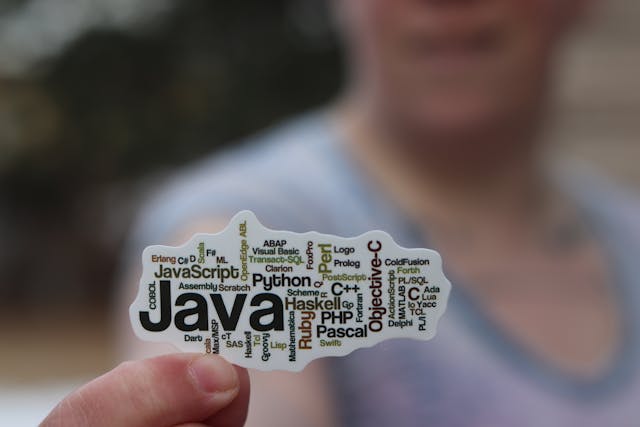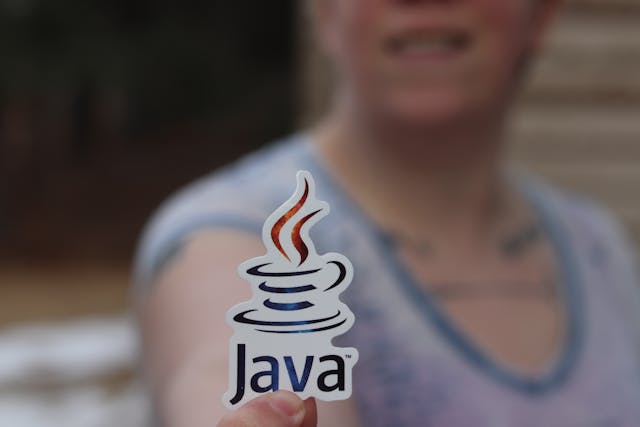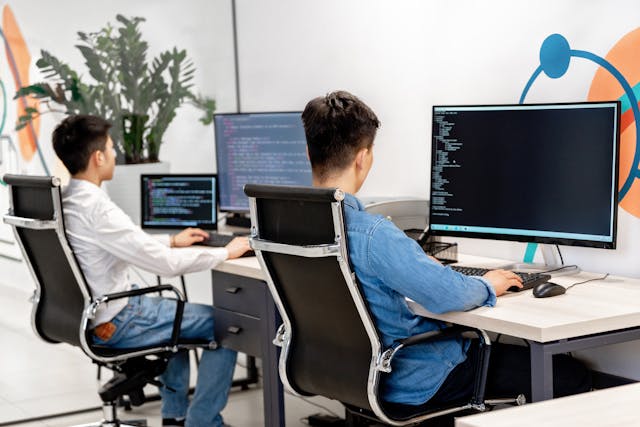7 Ways AI Has Made Hiring Easier Using Background API
Companies are slowly integrating new technologies in various departments to ensure efficiency and quality service delivery. Artificial intelligence is rapidly growing and becoming an integral part of recruitment.
Several organizations are now using AI as recruitment software to ease and ensure a smooth recruitment process. The following article will explore how AI can make the hiring process easier.
Table of Contents
1. AI-powered background checks
Artificial Intelligence has enhanced the hiring process through background check API. A background check is essential when it comes to hiring. However, there is a constant change and evolvement of the laws and requirements regarding background checks. Further, a background check is a long and tedious process that may consume much of your time.
Nevertheless, since a background check is essential and can help decrease risks for your organization, background check API can help simplify and fasten the process. It helps increase applicant data privacy, reduce biases, and ensure efficiency.
2. Physical interview robots
An interview is a primary stage in the recruitment process. However, some interviews may lead to biased decisions due to age, sex, race, and other personal characteristics. Such biases lead to recruiting incompetent and unqualified individuals for hefty tasks.
Through interview analytics and natural language processing, interview robots collect and assess an individual’s personality traits and soft skills. This helps acquire the best qualified and competent candidate to undertake given tasks.
3. Conversation analytics
There is various Artificial intelligence software that helps in recording audio during the interview and automatically transcribing them. With such transcriptions, you can get important insight from the interviews that can help you analyze and assess the effectiveness of your interviewers.
The insights can help guide and improve your interviewing process. For example, these insights can help you understand the consistency in conducting your interviews. You can also identify any crucial detail or information you might miss during interviews.
4. Automated reference checking
Reference and background checks usually co-occur as the last stages of the hiring process. However, they are entirely different. Like background checking, reference checking is time-consuming since you will have to collect and assess various reliable references.
You are likely to face several challenges when doing manual reference checking. For example, it is impossible to replicate the process for different jobs, and people acting as references may fail to pick up your calls on the first trial, among others. You can help avoid all these challenges using an AI-powered reference check tool. The software helps collect all the crucial data in a single form and automate the process.
5. Internal mobility
Internal hiring is a better way to save company resources and time. It helps to ensure continuous services provision since the new hire is conversant with the company and hence easy to adapt and be productive.
Therefore, internal mobility is one of the vital recruiting strategies applied by most companies. You can quickly identify the right candidate internally for a given position using Artificial Intelligence. AI technology helps to identify opportunities within the company and identify matching skills and experience using data and pattern recognition.
The software understands the employee’s skills and experience and the available roles to be undertaken, making an unbiased recommendation to the workforce.
6. Rerouting talent
In some circumstances, the organization may fail to get the right candidate with specific skills, especially when they need them most. However, they may get different expertise significant in another department. In such a situation, the company can reroute candidates to the department where they fit.
Due to high competition, organizations must ensure they have a talent pool that will help keep them operational while maintaining high-quality services. AI helps store all the crucial information regarding these candidates to reroute them to where they fit most.
7. Bridging Talent Gaps and Team Strength Appraisal
For many years, the human resource department focused more on the individual’s ability and skills. However, there has been a paradigm shift from paying attention to the individual to a team.
Organizations are using AI in the recruitment process to assess team strength while at the same time bridging any talent gap. For example, they can examine an individual’s character through data analytics and scientific testing and use machine learning to assess how these characters can affect teamwork and overall performance. With such focus, the decision is made based on the performance of the team and the entire organization rather than the individual.
Final Thoughts
Since Artificial Intelligence is becoming more popular and significant in the recruitment process, more ways are still being invented to make it more efficient, faster, and more accessible. In the future, there will probably be better AI innovations to help facilitate the recruitment process, such as enhancing onboarding. Before purchasing or adopting any AI tools, you must understand your aim and the main objective you wish to achieve. In addition, in some cases, such as using a physical interview robot, it would be good to notify your interviewees earlier to prepare them.









